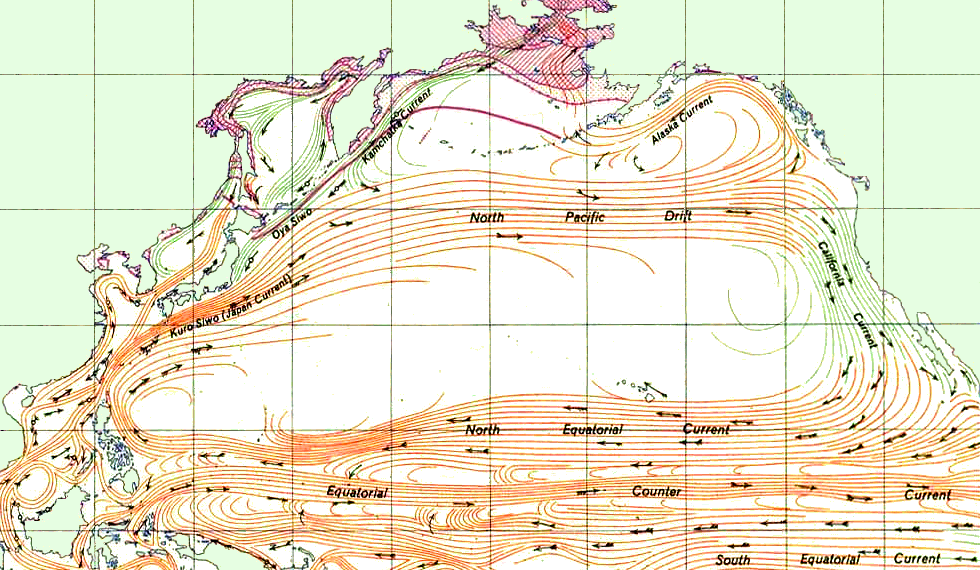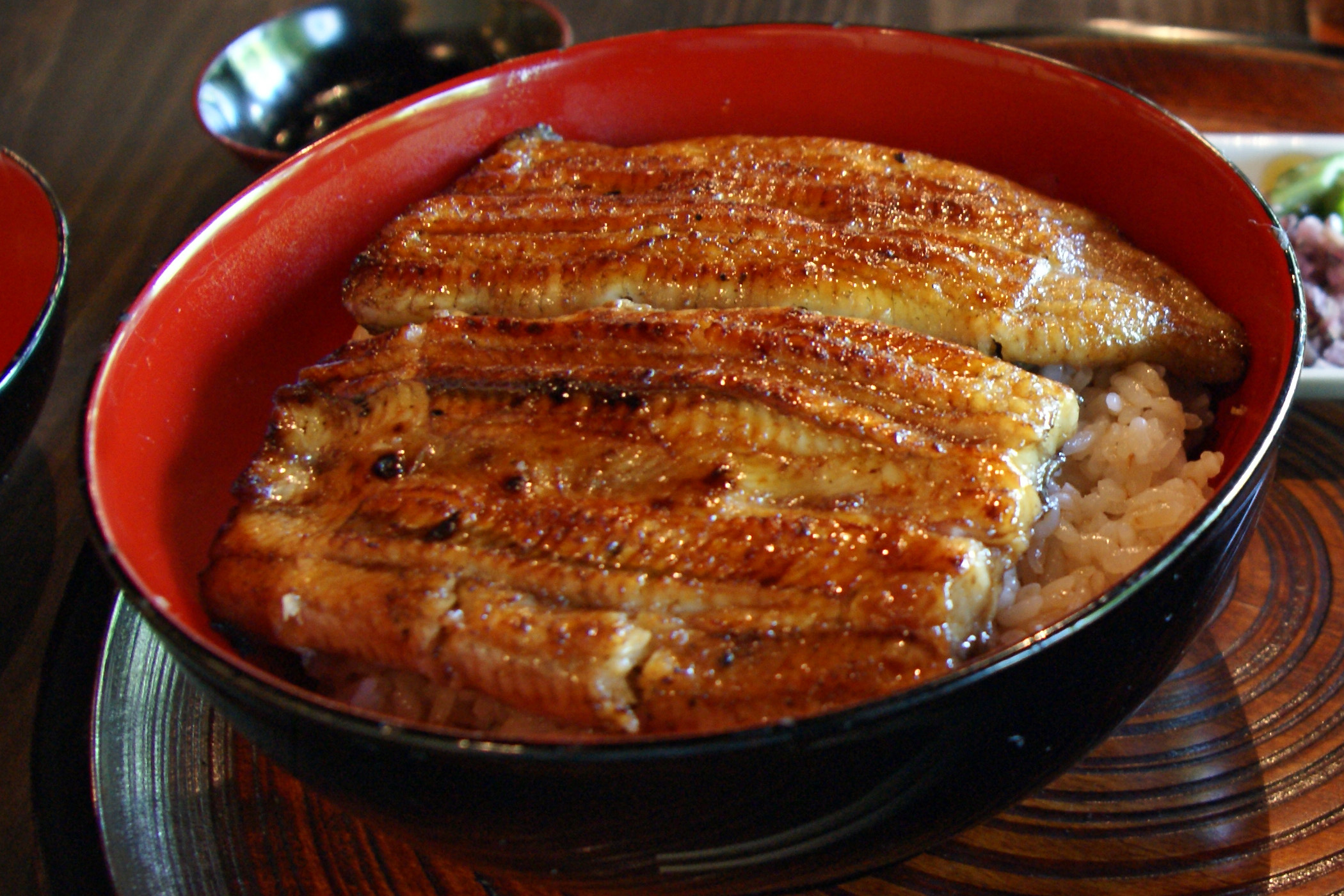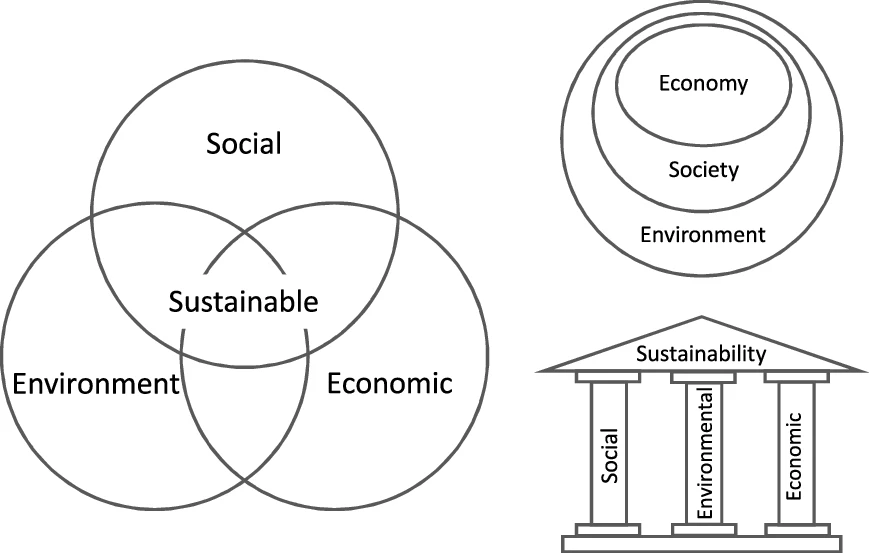|
Unagi
is the Japanese word for freshwater eel, particularly the Japanese eel, . Unagi is a common ingredient in Japanese cooking, often as '' kabayaki''. It is not to be confused with saltwater eel, which is known as '' anago'' in Japanese. In Japanese cuisine Unagi is served as part of '' unadon'' (sometimes spelled ''unagidon'', especially in menus in Japanese restaurants in Western countries), a '' donburi'' dish with sliced eel served on a bed of rice. A kind of sweet biscuit called ''unagi pie'' made with powdered unagi also exists. Unagi is high in protein, vitamin A, and calcium. Specialist unagi restaurants are common in Japan, and commonly have signs showing the word ''unagi'' with hiragana う (transliterated ''u''), which is the first letter of the word ''unagi''. Lake Hamana in Hamamatsu city, Shizuoka prefecture is considered to be the home of the highest quality unagi; as a result, the lake is surrounded by many small restaurants specializing in various unagi dish ... [...More Info...] [...Related Items...] OR: [Wikipedia] [Google] [Baidu] |
Eel As Food
Eels are elongated fish, ranging in length from to . Adults range in weight from 30 grams to over 25 kilograms. They possess no pelvic fins, and many species also lack pectoral fins. The dorsal fin, dorsal and anal fins are fused with the caudal fin, caudal or tail fin, forming a single ribbon running along much of the length of the animal. Most eels live in the shallow waters of the ocean and burrow into sand, mud, or amongst rocks. A majority of eel species are nocturnal and thus are rarely seen. Sometimes, they are seen living together in holes, or "eel pits". Some species of eels live in deeper water on the continental shelves and over the slopes deep as . Only members of the family Anguillidae regularly inhabit fresh water, but they too return to the sea to breed. Eel blood is poisonous to humans and other mammals, but both cooking and the digestive process destroy the toxic protein. The toxin derived from eel blood serum was used by Charles Richet in his Nobel Prize-winnin ... [...More Info...] [...Related Items...] OR: [Wikipedia] [Google] [Baidu] |
Japanese Eel
The Japanese eel (''Anguilla japonica''; ) is a species of anguillid eel found in Japan, Korea, Taiwan, China, and Vietnam, as well as the northern Philippines. Like all the eels of the genus ''Anguilla'' and the family Anguillidae, it is catadromous, meaning it spawns in the sea but lives parts of its life in freshwater. This food in Japan is called '' unagi''; they are an essential part of the food culture, with many restaurants serving grilled eel called ''kabayaki''. However, presumably due to a combination of overfishing and habitat loss or changing water conditions in the ocean interfering with spawning and the transport of their leptocephali this species is endangered. Breeding Between April and November, the Japanese eels leave their freshwater river habitats in East Asia to breed larvae in the ocean near the North Equatorial Current in the western North Pacific. Adult Japanese eels migrate thousands of kilometers from freshwater rivers in East Asia to their spawning area w ... [...More Info...] [...Related Items...] OR: [Wikipedia] [Google] [Baidu] |
Kabayaki
is a preparation of fish, especially '' unagi'' eel,, vol. 7,"kabayaki" by describes it as being used principally or almost always for ''unagi'' (「もっぱら鰻」) where the fish is split down the back the Japanese dictionary says ''kabayaki'' applies to such fish as ungai, hamo, and dojō (or belly), gutted and boned, butterflied, cut into square fillets, skewered, and dipped in a sweet soy sauce-based marinade before being cooked on a grill or griddle. Besides ''unagi'', the same preparation is made of other long scaleless fish such as ''hamo'' ( pike conger), ''dojō'' (loach), catfish, ''anago'' (conger eel), and ( gunnels). One can also find canned products labeled as kabayaki-style ''sanma'' (Pacific saury). ''Kabayaki'' eel is very popular and a rich source of vitamins A and E, and omega-3 fatty acids., p.144- A popular custom from the Edo period, pp.167-8, repeats a story of an eel purveyor from Edo who asked a calligrapher to write the Ox (day) character as a ... [...More Info...] [...Related Items...] OR: [Wikipedia] [Google] [Baidu] |
Sushi
is a traditional Japanese dish made with , typically seasoned with sugar and salt, and combined with a variety of , such as seafood, vegetables, or meat: raw seafood is the most common, although some may be cooked. While sushi comes in numerous styles and presentation, the current defining component is the vinegared rice, also known as , or . The modern form of sushi is believed to have been created by Hanaya Yohei, who invented nigiri-zushi, the most commonly recognized type today, in which seafood is placed on hand-pressed vinegared rice. This innovation occurred around 1824 in the Edo period (1603–1867). It was the fast food of the ''chōnin'' class in the Edo period. Sushi is traditionally made with medium-grain white rice, although it can also be prepared with brown rice or short-grain rice. It is commonly prepared with seafood, such as Squid as food, squid, Eel as food, eel, Japanese amberjack, yellowtail, Salmon as food, salmon, Tuna as food, tuna or Crab stick, ... [...More Info...] [...Related Items...] OR: [Wikipedia] [Google] [Baidu] |
Hamamatsu, Shizuoka
is a city located in western Shizuoka Prefecture, Japan. In September 2023, the city had an estimated population of 780,128 in 340,591 households, making it the prefecture's largest city, with a population density of over the total urban area of . Overview Hamamatsu is a member of the World Health Organization's Alliance for Healthy Cities (AFHC). History Prehistoric ages The area now comprising Hamamatsu has been settled since prehistoric times, with numerous remains from the Jōmon period and Kofun period having been discovered within the present city limits, including the Shijimizuka site shell mound and the Akamonue Kofun ancient tomb. File:Shijimizuka Site, tatemono.jpg, Shijimizuka site File:Komyosan Kofun, kouenbu-1.jpg, Kōmyōsan Kofun Ancient ages In the Nara period, it became the capital of Tōtōmi Province. Feudal period During the Sengoku period, Hamamatsu Castle was the home of future '' shōgun'' Tokugawa Ieyasu. File:高根城(浜松市) ... [...More Info...] [...Related Items...] OR: [Wikipedia] [Google] [Baidu] |
:Category:Japanese Words And Phrases ...
{{Commons Words and phrases by language Words Words Words A word is a basic element of language that carries meaning, can be used on its own, and is uninterruptible. Despite the fact that language speakers often have an intuitive grasp of what a word is, there is no consensus among linguists on its ... [...More Info...] [...Related Items...] OR: [Wikipedia] [Google] [Baidu] |
Fish Farming
Fish farming or pisciculture involves commercial breeding of fish, most often for food, in fish tanks or artificial enclosures such as fish ponds. It is a particular type of aquaculture, which is the controlled cultivation and harvesting of aquatic animals such as fish, crustaceans, molluscs and so on, in natural or pseudo-natural environments. A facility that releases juvenile fish into the wild for recreational fishing or to supplement a species' natural numbers is generally referred to as a fish hatchery. Worldwide, the most important fish species produced in fish farming are carp, catfish, salmon and tilapia. Global demand is increasing for dietary fish protein, which has resulted in widespread overfishing in wild fisheries, resulting in significant decrease in fish stocks and even complete depletion in some regions. Fish farming allows establishment of artificial fish colonies that are provided with sufficient feeding, protection from natural predators and c ... [...More Info...] [...Related Items...] OR: [Wikipedia] [Google] [Baidu] |
Seafood Watch
__NOTOC__ Seafood Watch is a sustainable seafood advisory list, and has influenced similar programs around the world. It is best known for developing science-based seafood recommendations that consumers, chefs, and business professionals use to inform their seafood purchasing decisions. Seafood Watch is a program of the Monterey Bay Aquarium. It has roots in the Monterey Bay Aquarium's ''Fishing for Solutions'' exhibit, which ran from 1997 to 1999 and produced a menu of sustainable seafood options in their cafeteria. It was one of the first resources for sustainable seafood information together with the Audubon Society's ''What is a fish lover to eat?'' which also came out in the late 1990s. Due to its popularity, the official public outreach campaign launched in October 1999. Seafood Watch assesses impacts on marine and freshwater ecosystems of fisheries (wild-caught) and aquaculture (farming) operations. Fishing gear and farming methods are also taken into consideration. T ... [...More Info...] [...Related Items...] OR: [Wikipedia] [Google] [Baidu] |
Sustainable Seafood Advisory Lists And Certification
Sustainability is a social goal for people to co-exist on Earth over a long period of time. Definitions of this term are disputed and have varied with literature, context, and time. Sustainability usually has three dimensions (or pillars): environmental, economic, and social. Many definitions emphasize the environmental dimension. This can include addressing key environmental problems, including climate change and biodiversity loss. The idea of sustainability can guide decisions at the global, national, organizational, and individual levels. A related concept is that of sustainable development, and the terms are often used to mean the same thing. UNESCO distinguishes the two like this: "''Sustainability'' is often thought of as a long-term goal (i.e. a more sustainable world), while ''sustainable development'' refers to the many processes and pathways to achieve it." Details around the economic dimension of sustainability are controversial. Scholars have discussed this under ... [...More Info...] [...Related Items...] OR: [Wikipedia] [Google] [Baidu] |
European Eel
The European eel (''Anguilla anguilla'') is a species of eel. Their life history was a mystery for thousands of years, and mating in the wild has not yet been observed. The five stages of their development were originally thought to be different species. They are critically endangered due to hydroelectric dams, overfishing by fisheries on coasts for human consumption, and parasites. Description European eels undergo five stages of development in their lifecycle: larva (leptocephalus), glass eel, elver, yellow eel, and silver eel. Adults in the yellow phase are typically around and rarely reach more than , but they can reach a length of up to in exceptional cases. They have 110 to 120 vertebrae. tend to live approximately 15–20 years in the wild, although captive specimens have lived for over 80 years. One such specimen known as "the Brantevik Eel" lived for 155 years in the well of a family home in Brantevik, a fishing village in southern Sweden. Ecology Eels tend to ... [...More Info...] [...Related Items...] OR: [Wikipedia] [Google] [Baidu] |
Carnivore
A carnivore , or meat-eater (Latin, ''caro'', genitive ''carnis'', meaning meat or "flesh" and ''vorare'' meaning "to devour"), is an animal or plant Plants are the eukaryotes that form the Kingdom (biology), kingdom Plantae; they are predominantly Photosynthesis, photosynthetic. This means that they obtain their energy from sunlight, using chloroplasts derived from endosymbiosis with c ... whose nutrition and energy requirements are met by eating, consumption of animal tissue (biology), tissues (mainly muscle, adipose tissue, fat and other soft tissues) as food, whether through predation or scavenger, scavenging. Nomenclature Mammal order The technical term for mammals in the order (biology), order Carnivora is ''carnivoran'', and they are so-named because most member species in the group have a carnivorous diet, but the similarity of the name of the order and the name of the diet causes confusion. Many but not all carnivorans are meat eaters; a few, such as the fe ... [...More Info...] [...Related Items...] OR: [Wikipedia] [Google] [Baidu] |







